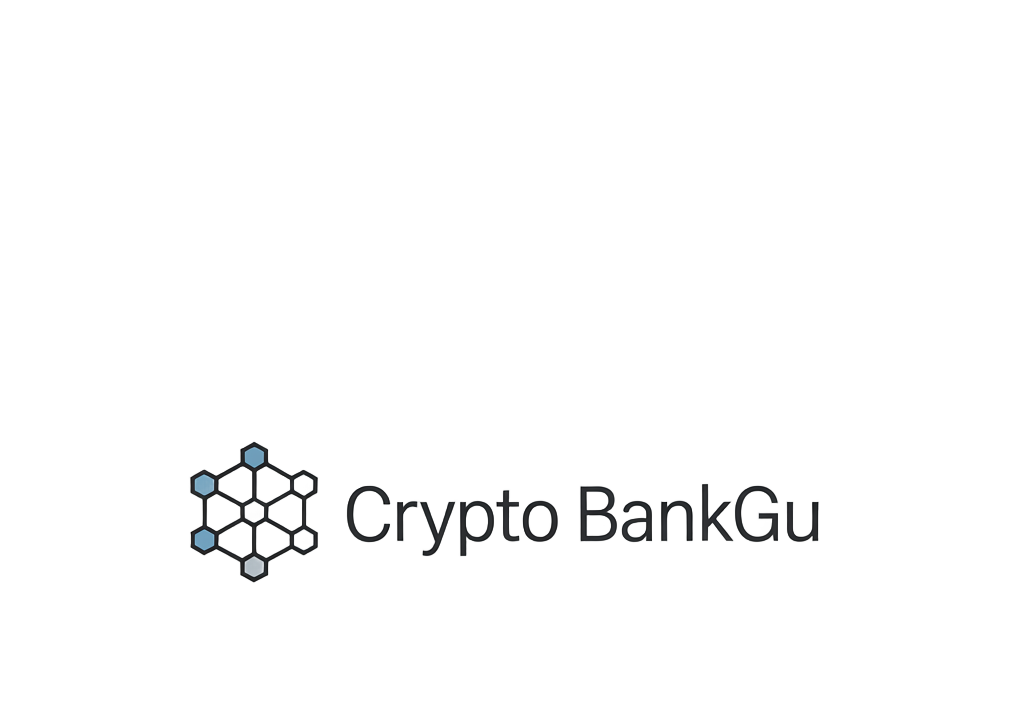
In 2025, the landscape of crypto banking is being fundamentally reshaped by the rise of cross-chain DeFi protocols. Among these, LayerBank stands out as a transformative force, pioneering trustless and permissionless banking infrastructure that bridges previously isolated blockchain ecosystems. As users demand greater utility and seamless capital flows across networks, LayerBank’s omni-chain approach is setting new standards for liquidity, accessibility, and efficiency in digital asset management.
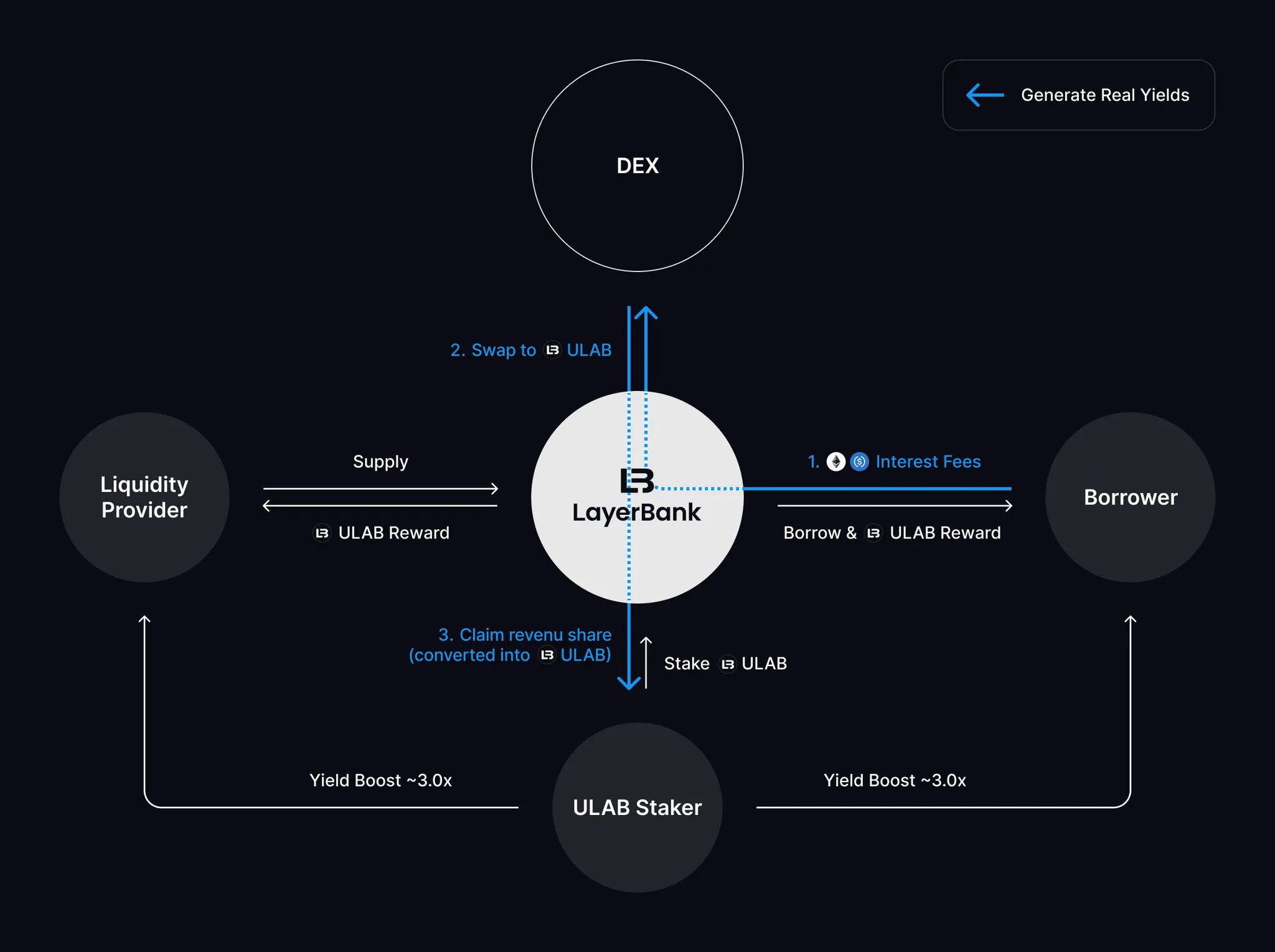
LayerBank: The Engine of Cross-Chain DeFi Banking
At its core, LayerBank is a cross-chain DeFi lending protocol designed to unify liquidity across more than 17 blockchains. It empowers users to lend, borrow, and manage assets not just within a single network but across EVM-compatible chains, MOVE-based networks, and even Bitcoin-anchored platforms. This multi-network compatibility is more than a technical achievement – it is a strategic response to the fragmentation that has long hampered DeFi’s growth potential.
A pivotal milestone came in September 2024 with LayerBank’s integration into the Hemi Network. By supporting assets such as Liquid Staking Tokens (LSTs) and Liquid Restaking Tokens (LRTs), LayerBank enabled Hemi users to tap into a unified money market where optimal annual percentage rates (APRs) can be accessed without being tethered to any single blockchain’s limitations. This move not only expanded yield opportunities for end-users but also signaled a shift toward interoperable financial products as the new norm in crypto banking.
Breaking Down Blockchain Silos: Why Cross-Chain Matters
The implications of cross-chain functionality extend far beyond technical convenience. Traditional DeFi platforms have often been criticized for their siloed liquidity pools and limited asset mobility. By contrast, LayerBank’s architecture actively reduces these barriers:
Key Benefits of Cross-Chain DeFi Protocols Like LayerBank
-
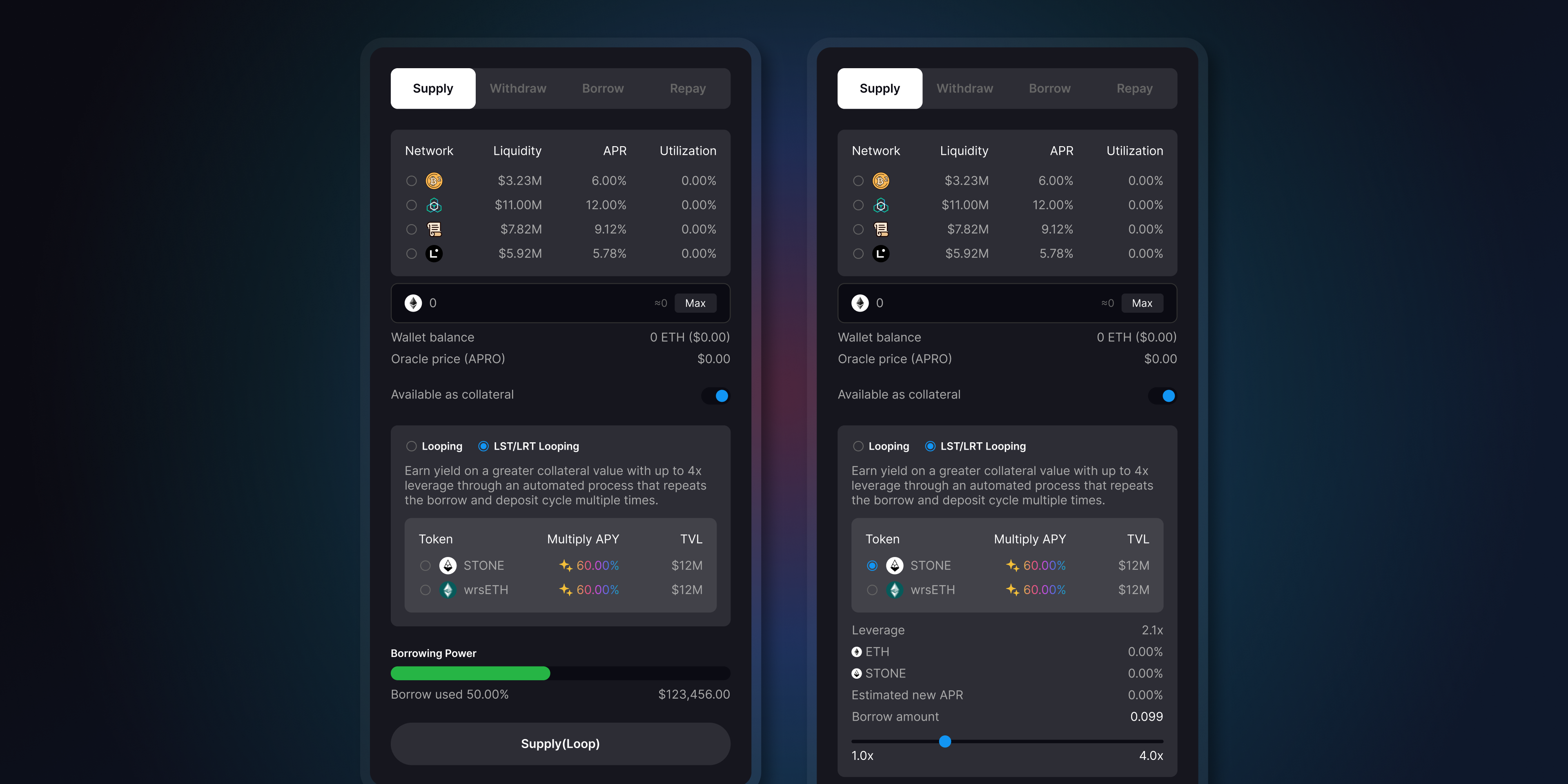
Unified Liquidity Across Multiple Blockchains: LayerBank enables seamless asset transfers and lending across over 17 blockchain networks, breaking down traditional liquidity silos and allowing users to access deeper pools of capital.
-
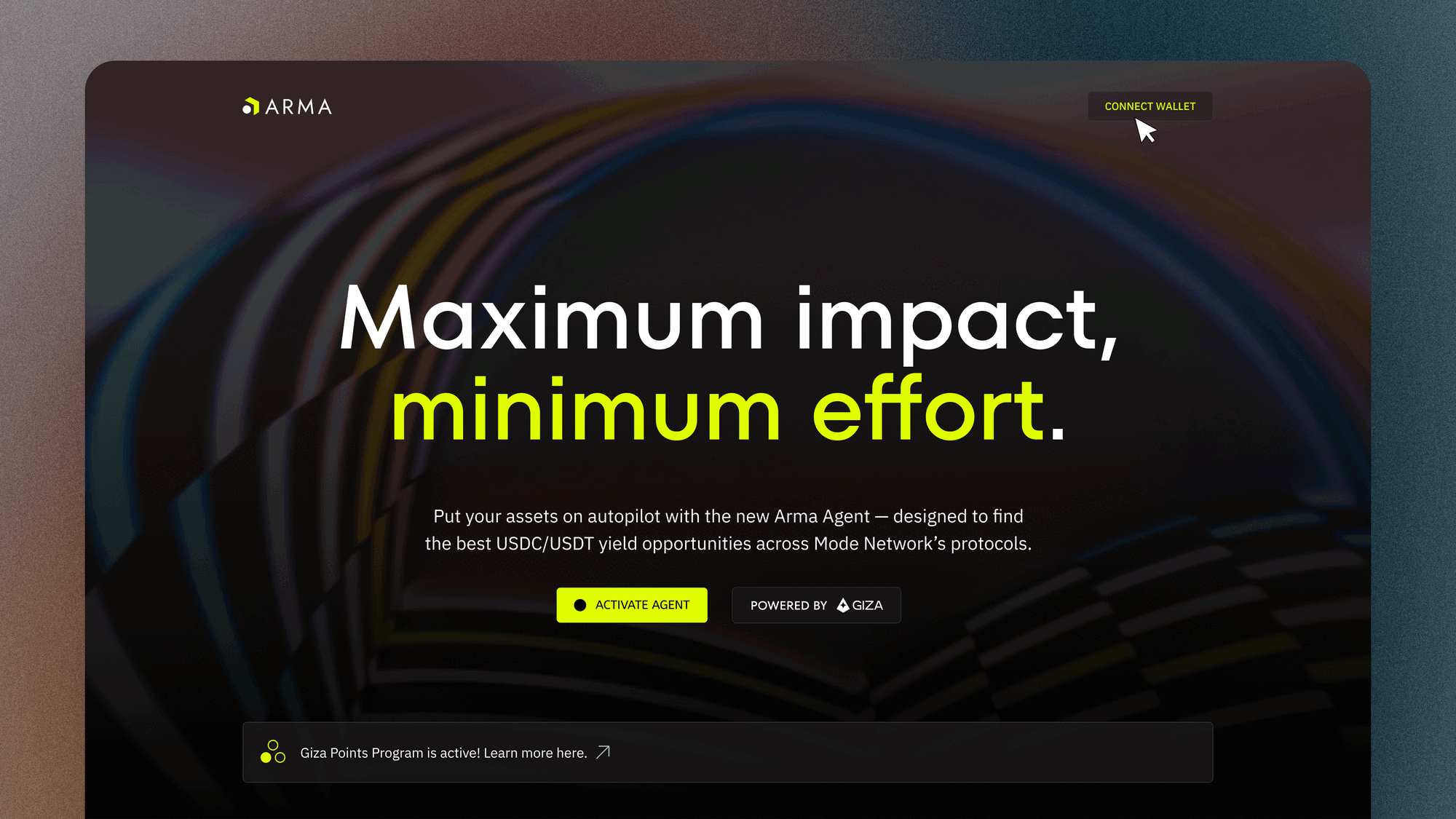
Optimized Yield Opportunities: With cross-chain interoperability, users can easily compare and select the most competitive annual percentage rates (APRs) for lending and borrowing, maximizing returns without being restricted to a single blockchain.
-
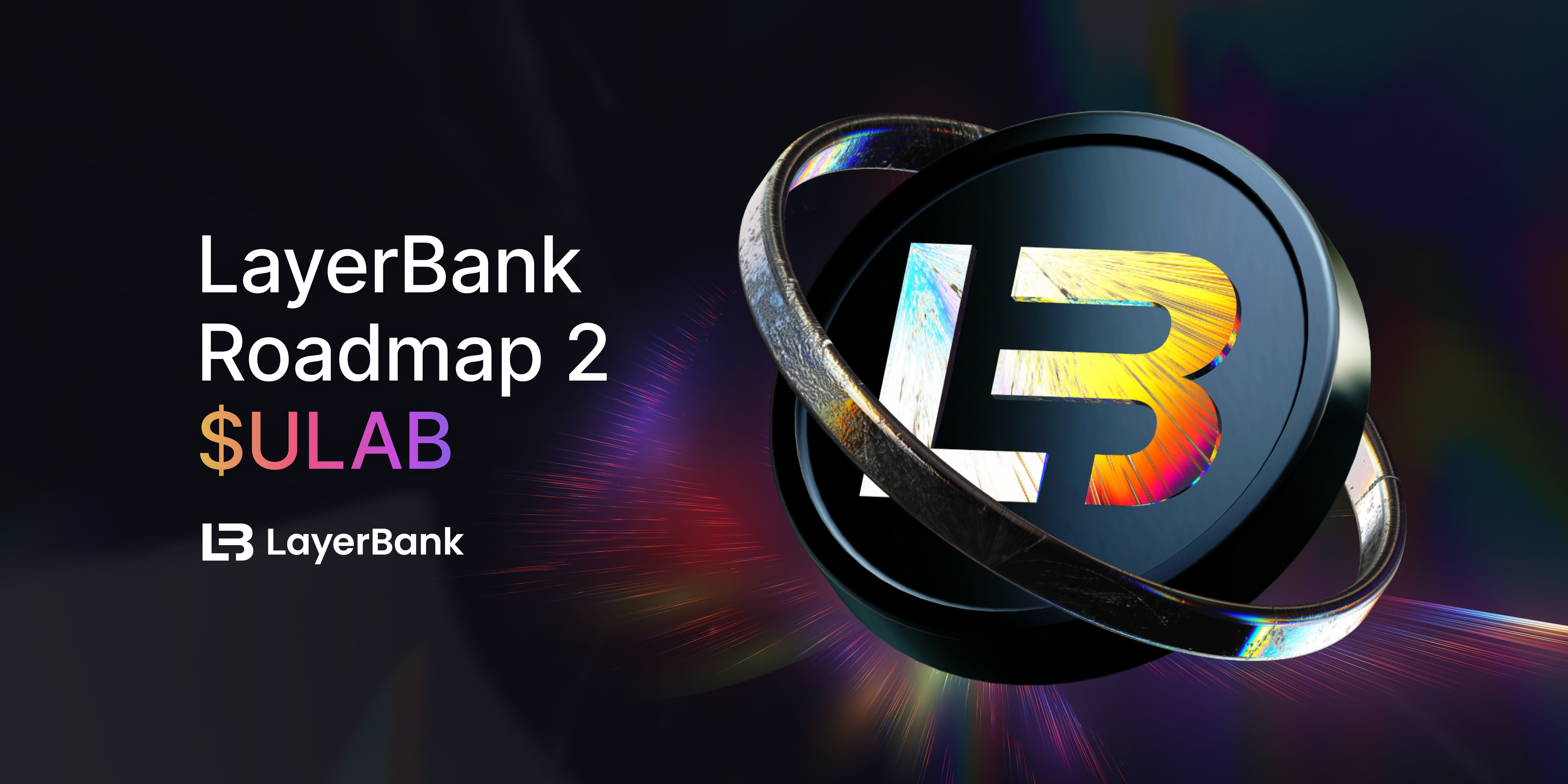
Enhanced Accessibility and User Control: By supporting EVM chains, MOVE chains, and Bitcoin-anchored networks, LayerBank provides broad access to DeFi services, giving users greater control over their assets and participation in diverse financial products.
-
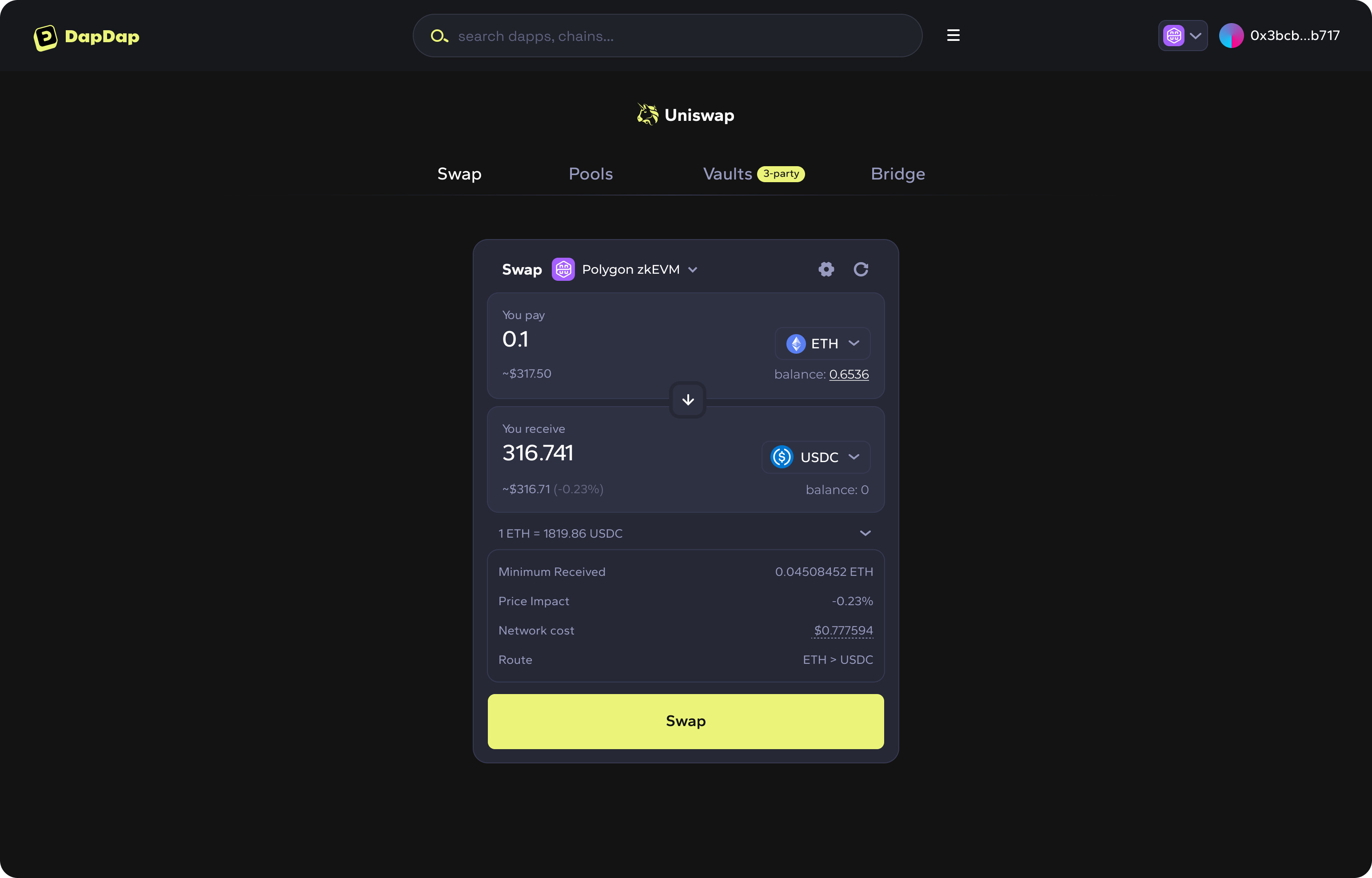
Reduced Transaction Costs: Leveraging Layer-2 solutions and efficient cross-chain bridges, LayerBank significantly lowers transaction fees, making DeFi services more affordable for a wider audience.
-
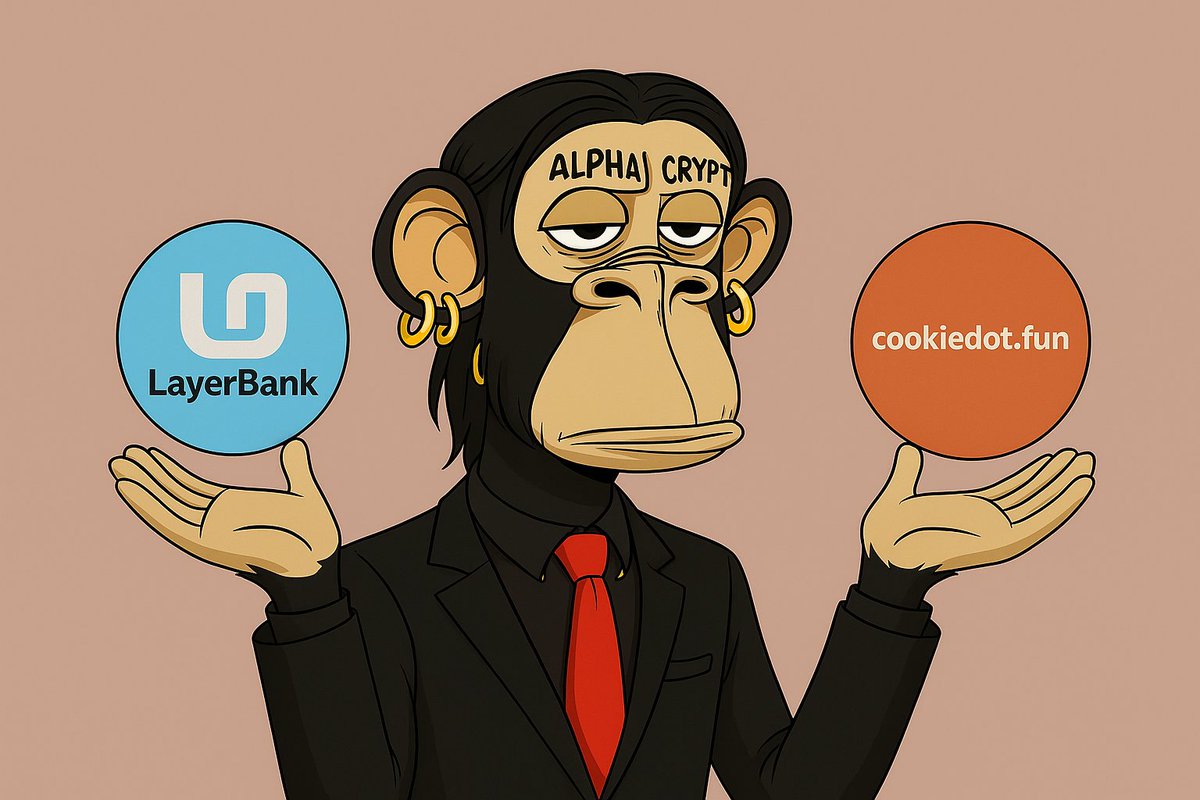
Trustless and Permissionless Infrastructure: LayerBank’s noncustodial design ensures users retain full ownership of their funds, eliminating the need for intermediaries and enhancing security.
-
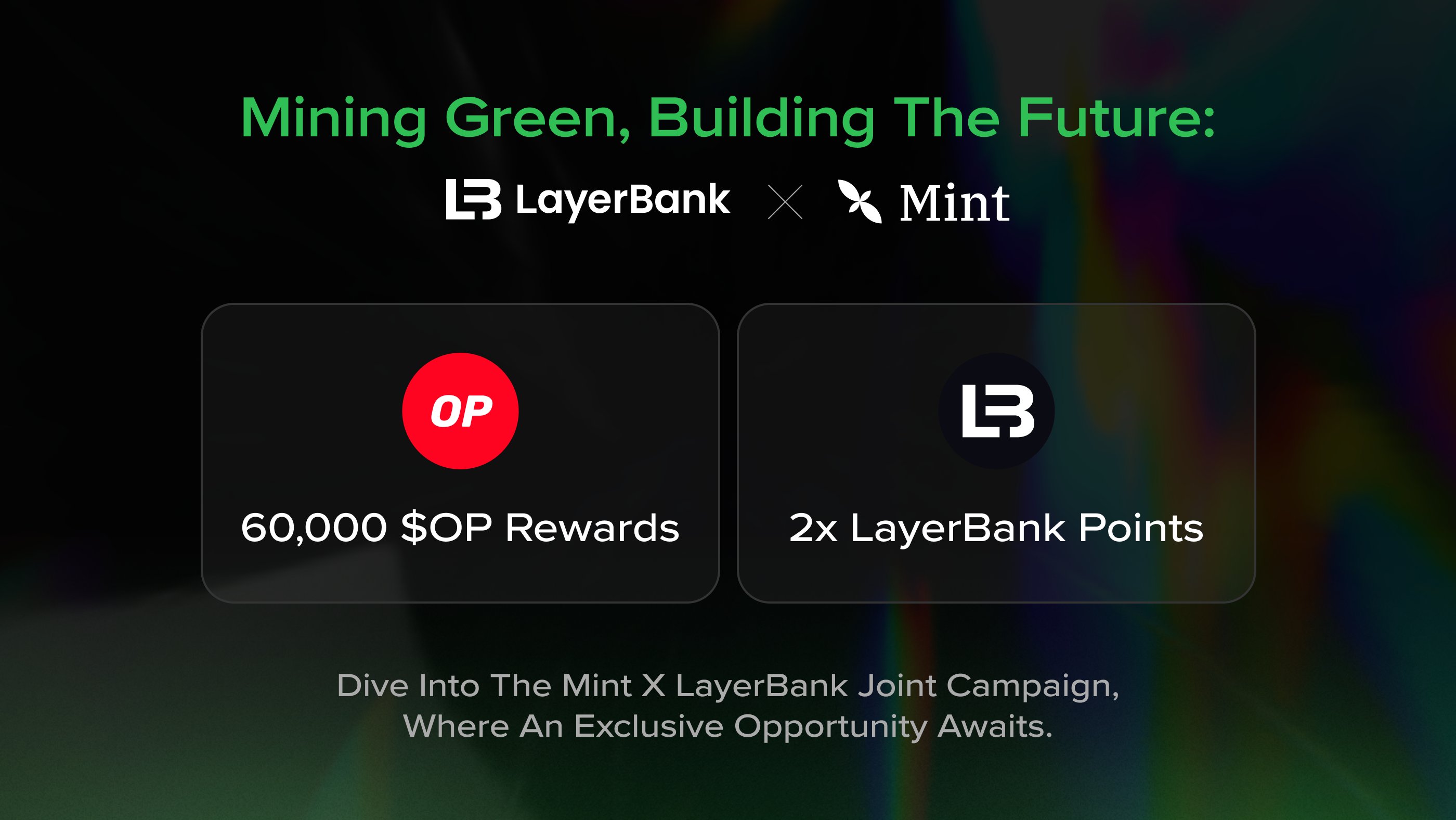
Integration with Leading Blockchain Ecosystems: Recent collaborations, such as with Hemi Network and Rootstock, extend LayerBank’s reach and functionality, offering secure, Ethereum-compatible DeFi experiences anchored to Bitcoin’s security model.
This interoperability means that users can now move assets frictionlessly between Ethereum-based dApps, Bitcoin-secured networks like Rootstock, and emerging chains without sacrificing security or user experience. For institutional players looking to optimize treasury management or retail investors seeking the best yields, this flexibility is rapidly becoming indispensable.
Enhancing Liquidity and Yield Across Networks
LayerBank’s deployment on Rootstock exemplifies its commitment to deepening liquidity pools while leveraging Bitcoin’s renowned security model. By marrying Rootstock’s low fees with Ethereum-compatible smart contracts, LayerBank delivers an infrastructure where both cost efficiency and robust security are prioritized – two factors critical for mainstream crypto banking adoption.
The upcoming launch of an omnichain stablecoin and a Cross-Chain Liquidity Hub underscores LayerBank’s ambition to further unlock capital efficiency across decentralized finance markets. As cross-chain activity via protocols like LayerZero and Axelar has surged 52% year-over-year according to CoinLaw statistics for 2025, it’s clear that market participants are voting with their wallets for platforms that offer truly borderless financial services.
LayerBank’s design as a noncustodial protocol also addresses one of the most persistent concerns in DeFi: user control and risk mitigation. By giving users full custody over their assets, LayerBank removes the counterparty risks inherent to centralized exchanges and legacy crypto banks. This shift is not merely philosophical, it reflects evolving regulatory expectations and the market’s demand for transparency, auditability, and composability in digital finance.
For both individuals and businesses, this means greater assurance that funds are accessible at all times, with smart contracts providing deterministic outcomes rather than relying on opaque intermediaries. As regulatory frameworks mature globally, protocols like LayerBank that emphasize permissionless access and robust security controls are increasingly favored by compliance-minded institutions exploring onchain banking protocols for treasury operations.
Strategic Considerations for 2025: The New Crypto Bank Playbook
The competitive landscape for crypto banking in 2025 is being redrawn by these multi-chain innovations. Crypto bank trends in 2025 now revolve around interoperability, composability, and real-time liquidity optimization. Market participants, ranging from DAOs to fintech startups, are leveraging LayerBank’s infrastructure to create new financial products that were previously impossible due to network isolation.
Key features setting the pace include:
Key Features Powering LayerBank’s DeFi Revolution
-

Omnichain Lending & Borrowing: LayerBank enables users to lend and borrow crypto assets seamlessly across multiple EVM-compatible and non-EVM blockchains, including Ethereum, BNB Chain, Hemi Network, and Rootstock. This cross-chain capability breaks down traditional blockchain silos, unifying liquidity and expanding user options.
-
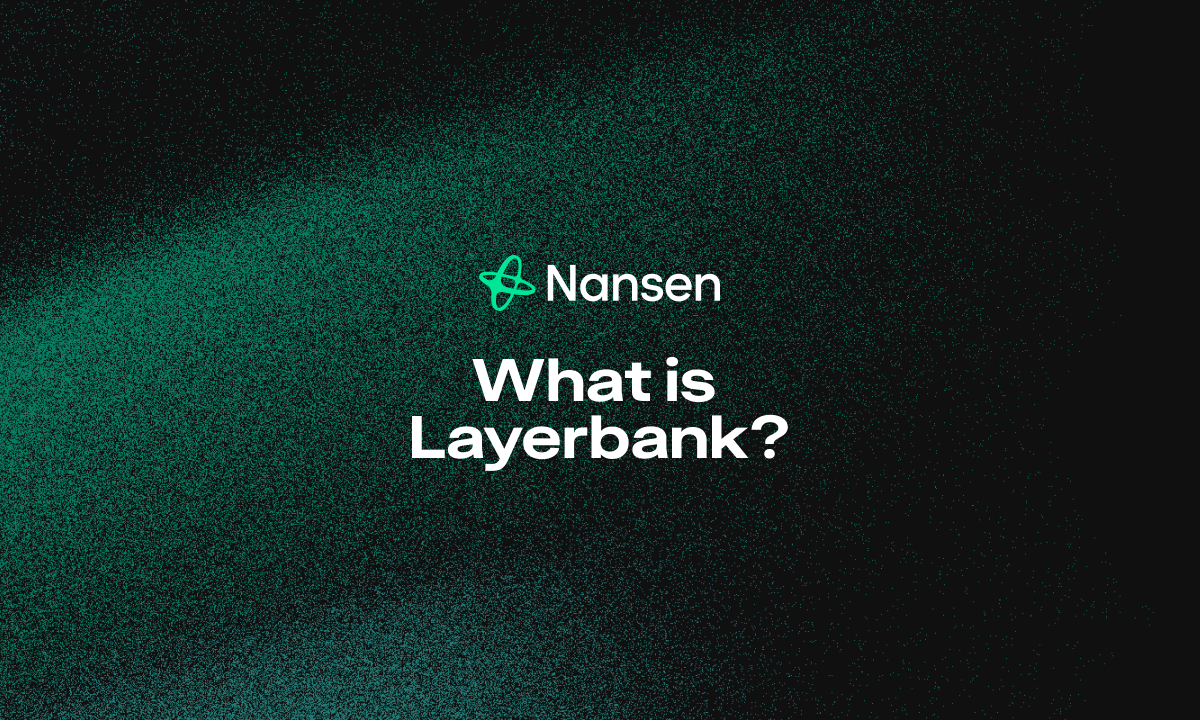
Unified Liquidity Hub: By aggregating liquidity from over 17+ blockchain networks, LayerBank acts as a central hub for DeFi assets. This allows users to access deeper liquidity pools and more competitive rates, optimizing capital efficiency across the crypto ecosystem.
-
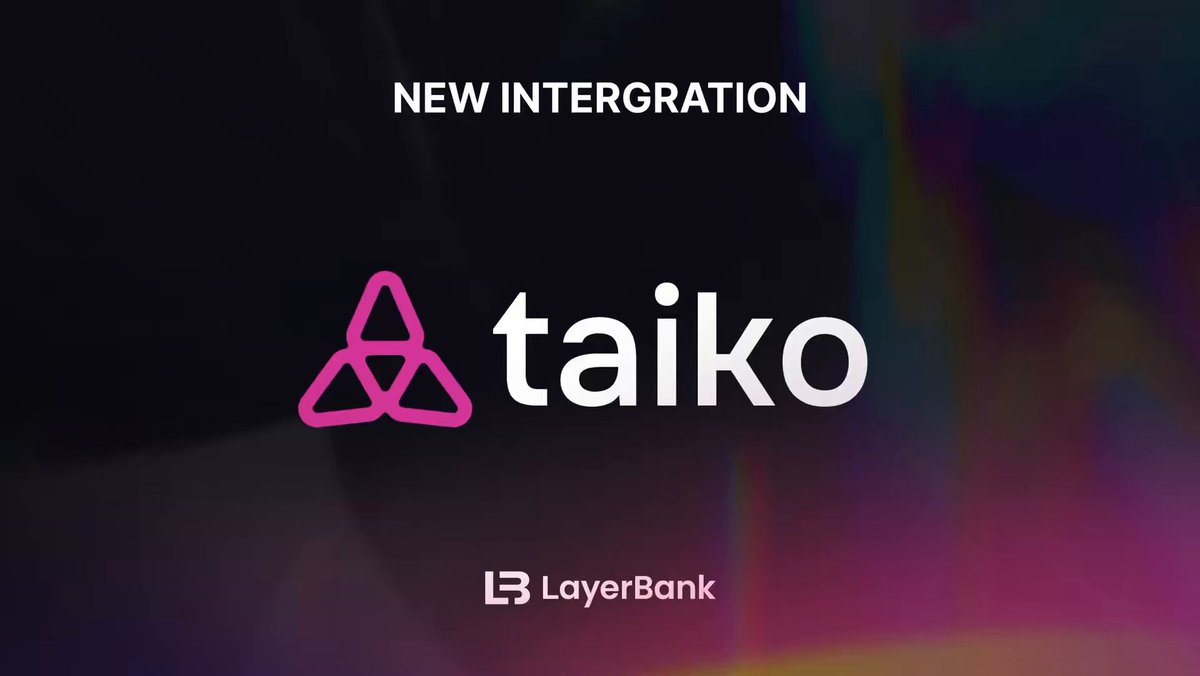
Integration with Leading Networks: Strategic collaborations—such as with Hemi Network and Rootstock—enable LayerBank to support advanced assets like Liquid Staking Tokens (LSTs) and Liquid Restaking Tokens (LRTs), and to leverage Bitcoin’s security model while providing Ethereum-compatible experiences.
-

Trustless, Permissionless Infrastructure: LayerBank is a noncustodial protocol, ensuring users retain full control of their funds. Its permissionless design means anyone can participate without intermediaries, aligning with DeFi’s core principles of transparency and user sovereignty.
-
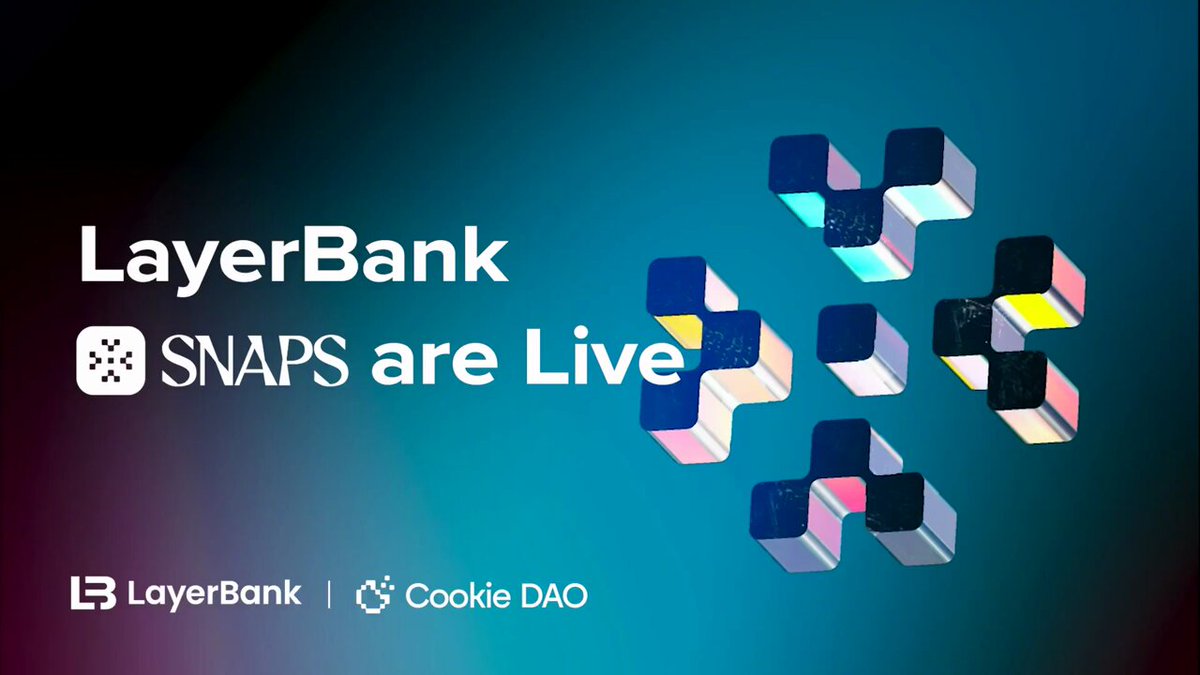
Omnichain Stablecoin Roadmap: LayerBank is developing an omnichain stablecoin to facilitate frictionless value transfer and settlement across supported networks, further enhancing cross-chain interoperability and utility.
-
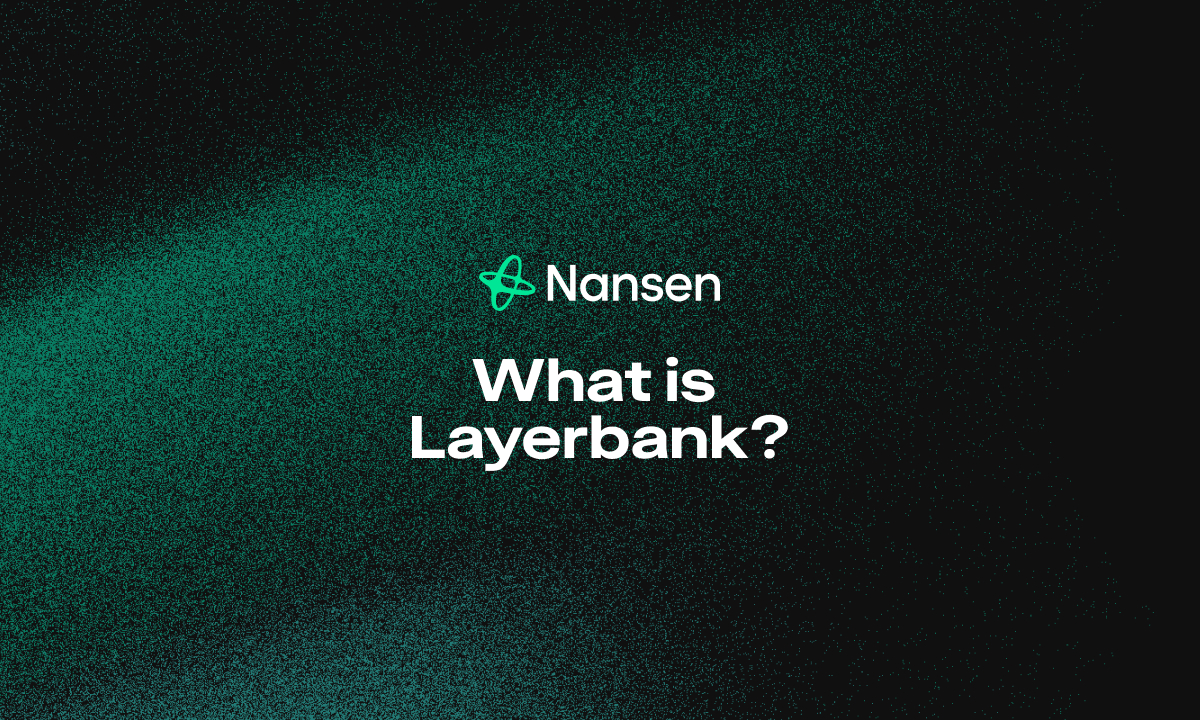
Optimized Yield Discovery: The protocol allows users to compare and select the best APRs for lending and borrowing across integrated chains, maximizing returns and minimizing opportunity costs.
-
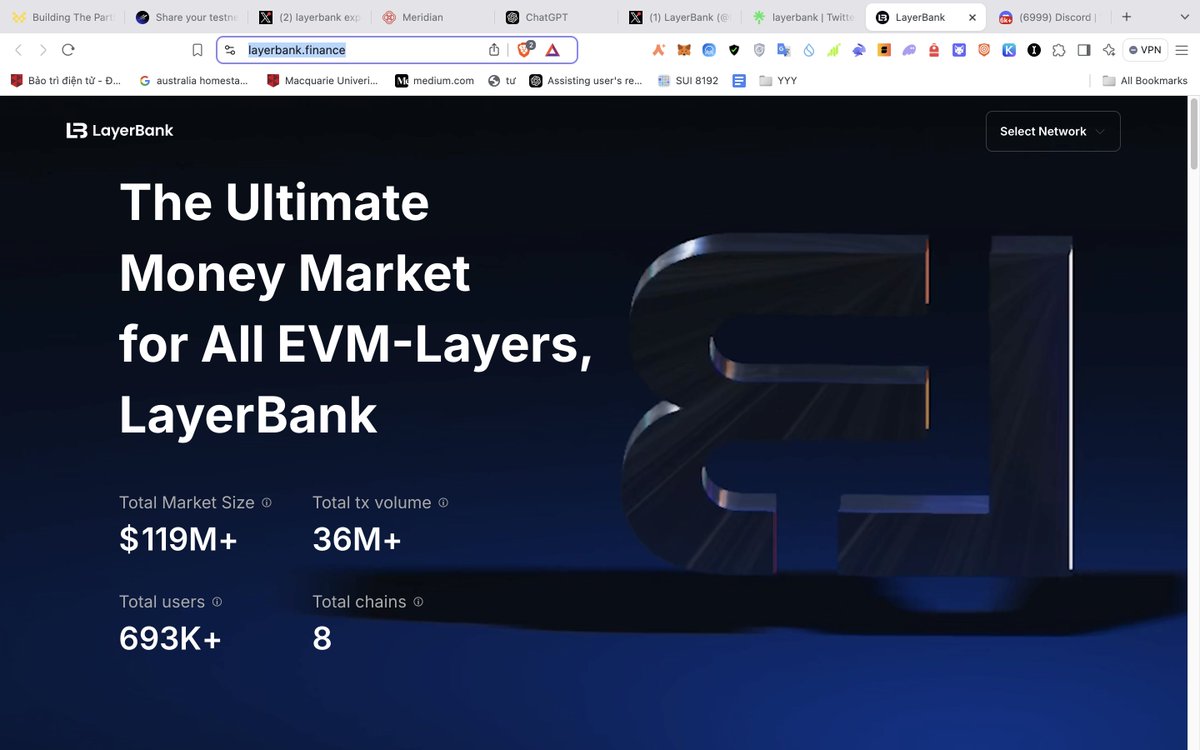
Low Fees via Layer-2 Solutions: By leveraging Layer-2 technologies and efficient cross-chain bridges, LayerBank offers significantly reduced transaction costs, making DeFi more accessible and appealing for a broader audience.
For example, by utilizing LayerBank’s cross-chain lending rails, DAOs can source liquidity from multiple ecosystems simultaneously while minimizing slippage and maximizing yield. Treasury managers can rebalance portfolios across EVM chains, Bitcoin-anchored networks, or MOVE-based blockchains, all within a unified interface.
Risks and Challenges Ahead
Despite these advances, cross-chain DeFi banking is not without its challenges. Security remains paramount; bridging assets across chains introduces new vectors for exploits if not architected with rigorous audits and ongoing monitoring. Additionally, while LayerBank’s permissionless model democratizes access, it also places greater responsibility on users to understand smart contract risks and operational best practices.
The broader industry must also address scalability issues as transaction volumes grow, especially as more institutions enter the space seeking compliant multi-chain solutions. The emergence of omnichain stablecoins will be a critical test case for maintaining peg stability across volatile environments while ensuring sufficient collateralization on every supported network.
Looking Forward: The Future of Onchain Banking Protocols
The rise of cross-chain DeFi banking platforms such as LayerBank signals a paradigm shift in how digital assets are managed and deployed. As traditional financial institutions begin to integrate blockchain-based services into their offerings, or risk obsolescence, expect further acceleration in the adoption of permissionless crypto banks that prioritize user sovereignty alongside institutional-grade security.
For those navigating this rapidly evolving landscape, staying informed about protocol developments and understanding the nuances between different multi-chain solutions will be essential for capitalizing on new opportunities while mitigating risks. With interoperability now at the forefront of DeFi innovation, protocols like LayerBank are poised to define the next era of global finance, one where liquidity is truly universal and financial inclusion knows no borders.
